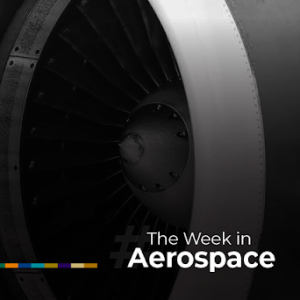
SpaceX Takes Astronauts to International Space Station
 By Alicia Arizpe | Senior Writer -
Mon, 06/01/2020 - 11:14
By Alicia Arizpe | Senior Writer -
Mon, 06/01/2020 - 11:14
This weekend, SpaceX successfully completed its Demo-2 mission, safely launching the Crew Dragon and taking astronauts Bob Behnken and Doug Hurley to the International Space Station (ISS). This mission is a landmark in SpaceX’s goal of returning “human spaceflight to the US.”
After two delays caused by bad weather, Elon Musk’s Crew Dragon finally took off on May 30 at 3:22 pm from Launch Complex 39A (LC-39A) at NASA’s Kennedy Space Center in Florida. The launch was performed using a Falcon 9, a two-stage reusable rocket designed by SpaceX that is currently used to deliver cargo to the ISS and to place satellites in orbit in compliance with NASA regulations. The Falcon 9 took two astronauts in the Crew Dragon, a free-flying spacecraft designed to carry up to seven people or cargo to orbiting destinations and to return them to Earth. Astronauts successfully reached and docked to the ISS on May 31 at 1:25 pm, where they were welcomed by the current space crew. The launch and safe arrival of the astronauts marks the final test of SpaceX’s entire crew transportation systems and made history by being the first time a private company delivered a human crew to space.
The successful launch is also being hailed for returning human spaceflight to US soil. The last launch performed in the US occurred in 2011, also at the Kennedy Space Center. From that point on, NASA halted crew flights so astronauts flying to the space station had to do so in Russian Soyuz spacecraft, which delivered US astronauts to the International Space Station. This partnership is expected to end thanks to NASA’s partnership with SpaceX and Boeing through its Commercial Crew Program. This alliance aims to develop cost-effective travel to the ISS and other low-Earth orbit destinations and to land the first woman on the moon by 2024 and increase the presence of US companies there.
Once the astronauts’ mission is complete, the Crew Dragon will autonomously undock from the ISS and take the astronauts back to Earth. Once it does so, SpaceX will have accomplished another milestone by being the first US spacecraft that autonomously docked at the ISS and safely returned to Earth. The weekend’s launch is only one of SpaceX’s many projects alongside private companies and other nations. SpaceX also launched the first fully Mexican satellite AzTechSat-1 in December 2019, which was developed by Mexican students from Universidad Popular Autónoma del Estado de Puebla (UPAEP) to test satellite-to-satellite communications.
















